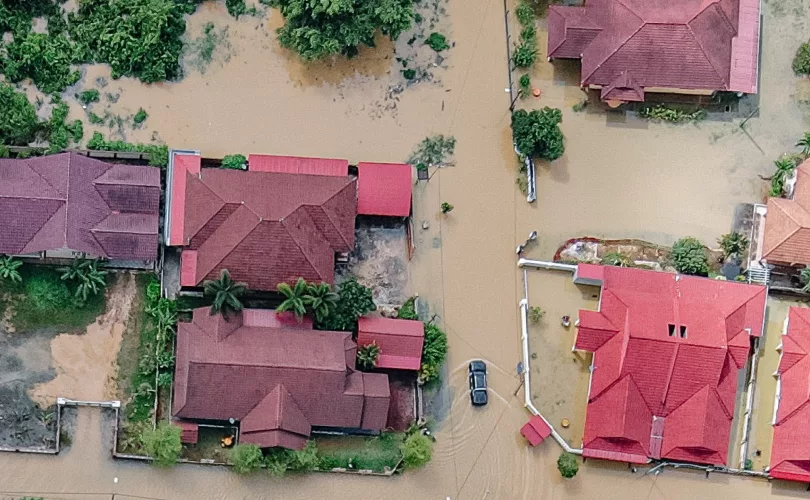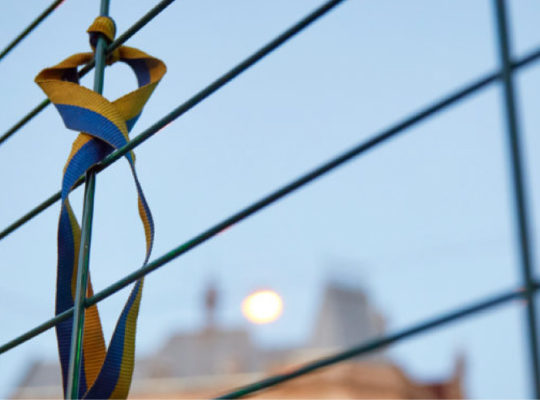In today’s world, being prepared for the unpredictable is more crucial than ever. Whether it’s a natural disaster, a sudden evacuation, or a breakdown in civil order, having a well-stocked bug out bag (also known as a BOB) can make all the difference. A responsible family should have one ready to go at a moment’s notice.
What Exactly Is a Bug Out Bag?
A bug out bag is a portable kit or backpack filled with essential items and supplies designed to sustain an individual or a family for a short time during an emergency or disaster. The primary purpose of a bug out bag is to provide you with the necessities you would need to survive and stay safe when you need to evacuate your home quickly and you’re unsure if or when you’ll be able to return.
Why You Should Stock a Bug Out Bag for Your Family
Before we get into which items you’ll want to make sure make it into your bag, it’s good to know the general advantages of having a bug out bag.
- Emergency Preparedness: Emergencies and disasters can strike anytime, leaving you with little time to gather essentials. A well-prepared bug out bag ensures you have the necessary supplies readily available when needed most.
- Mobility: Bug out bags are designed for quick evacuation. They enable your family to move swiftly and efficiently to a safer location, reducing the risk of getting caught in a dangerous situation.
- Self-Reliance: Relying on external assistance during a crisis can be risky. Having a bug out bag means you can depend on your resources for an extended period if necessary.
- Peace of Mind: Knowing you have a bug out bag ready for your family provides assurance. It’s a proactive step toward safeguarding your loved ones in trouble.
- Customization: Each family is unique, and you can customize your bug out bag to meet your specific needs and circumstances, ensuring adequate preparation for any challenges you may face.
What to Include in Your Bug Out Bag
The contents of a bug out bag can vary depending on individual needs, geographic location, and other specific scenarios but typically contain the following items:
1. Water and Water Purification
- Water bottles or hydration bladder: At least one liter of water per person daily for at least three days.
- Water purification tablets or a portable water filter: Essential for making water from questionable sources safe to drink.
2. Non-Perishable Food
- High-calorie energy bars: Compact and long-lasting sources of sustenance.
- Canned food: Many canned goods don’t expire for a while. Include a manual can opener if needed, too.
- Dehydrated or freeze-dried meals: Lightweight and require minimal preparation.
3. Shelter and Clothing
- Tent or tarp: Provides shelter from the elements.
- Sleeping bags or blankets: Ensures appropriate insulation.
- Extra clothing: Include weather-appropriate clothing, socks, and sturdy footwear.
4. Tools and Navigation
- Multi-tool or Swiss Army knife: For various tasks.
- Fire-starting materials: Waterproof matches, lighters, or a fire starter.
- Compass and maps: For navigation purposes.
5. First Aid Kit
- Basic first aid supplies: Bandages, antiseptic wipes, adhesive tape, scissors, tweezers, and pain relievers.
- Prescription medications: If necessary for family members.
- Personal hygiene Kit: Soap, hand sanitizer, menstrual supplies, etc.
6. Lighting and Communication
- Flashlights: Include extra batteries or opt for solar-powered flashlights.
- Battery-operated or hand-crank emergency radio: For receiving weather updates and emergency alerts.
- Whistle and signaling devices: To attract attention and signal for help.
7. Personal Documents and Money
- Copies of essential documents: Identification, passports, insurance policies, and medical records.
- Cash: Include small denominations of local currency and coins.
- Emergency contact information: A list of family and friends’ contact details.
8. Self-Defense and Protection
- Self-defense items: Consider pepper spray, a personal alarm, or other legally and safely permitted items.
- Protection gear: Gloves, dust masks, and safety goggles, scba mask bag.
9. Miscellaneous Supplies
- Duct tape: For repairs and improvisation.
- Cordage: Such as paracord for various uses.
- Notepad and writing utensils: For notes, messages, and documentation.
10. Entertainment and Comfort Items
- Games and puzzles: A deck of cards, a journal, or other activities to keep spirits up during downtime.
- Comfort items: A favorite stuffed toy for children or other small comforts that bring you joy but won’t weigh you down too much.
11. Specialized Items (If Applicable)
- Baby supplies: Diapers, formula, baby food, and baby carriers.
- Pet supplies: Food, water, leash, and medications for any pets you have.
- Medical equipment: If someone in your family has specific medical needs, ensure you have the necessary supplies and equipment.
Conclusion
A family bug out bag is a vital tool for emergency preparedness, offering mobility, self-reliance, and peace of mind during uncertain times. It’s essential to regularly review and update the contents of your bug out bag to ensure everything is in working order and that supplies have stayed active.
Remember that the specific items you include may vary based on your family’s unique needs and circumstances. Be sure to customize your bug out bag accordingly and educate your family members on its contents, how to access them, and how to use them. Proper preparation and a well-stocked bug-out bag can enhance your family’s chances of staying safe and secure during emergencies and disasters.




